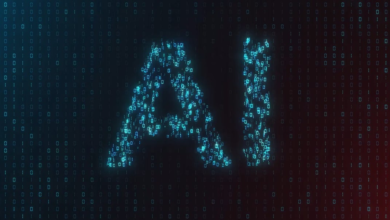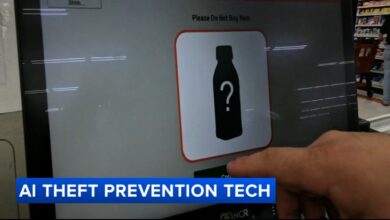The Stumbling Blocks for Artificial Intelligence in K–12 Education

AI Technologies Require Significant Financial Investments
A major factor prohibiting schools from acquiring generative AI tools is the cost. K–12 education often doesn’t have the funding to invest in these products and solutions.
It also can be difficult to remove tools from a K–12 digital environment once they’re added. Administrators and end users in schools don’t like to remove tools, leading to scenarios where new solutions are brought in while the old ones remain, and the environments become crowded with technologies serving duplicate purposes.
Schools looking to implement generative AI should be purposeful about any investments in tech that may not be suitable for their learning goals or that may become quickly outdated as the technology continues to evolve.
RELATED: K–12 schools are modernizing their IT procurement processes.
Today’s AI Tools Are Built to Serve Enterprises
Another roadblock with most of the generative AI solutions on the market is that they are built for general use. They serve enterprises best, meeting myriad industries’ objectives. These solutions aren’t purpose-built for education.
K–12 environments have specific needs, especially when it comes to data governance, and these general-use generative AI solutions available to schools can’t be dialed in to meet those needs.
While these tools would work well for back-office workflows in education, they largely aren’t granular enough in their processes or security controls for use in teaching and learning.
Schools Must Secure Applications Against Unwarranted AI Integrations
K–12 IT administrators also have to make security decisions about their existing application environment when it comes to AI. Some technology experts worry about the introduction of AI into the software students and teachers already use.
DIVE DEEPER: Vet schools’ applications for student data privacy.
Schools need to review their educational technology agreements, especially with applications on their network. They need to establish restrictions around the integration of AI that require IT admins to be notified when it is introduced and to be given the option to opt out. This ensures the protection of the school’s data.
K–12 Stakeholders Must Understand and Communicate AI’s Capabilities
Ultimately, there’s not a lot of expertise in generative AI in K–12 institutions. To add to that challenge, IT staff and educators often don’t speak the same language. IT needs to teach teachers what generative AI, how it works and how to use it. However, to do so, they must first understand AI on a deeper level.
Many of the problems facing generative AI’s integration into K–12 education stem from a lack of willingness to figure it out. To get started, IT staff and educators should turn to experts who can guide their use of the technology in their environments and ensure it’s introduced safely and properly to support the school’s teaching and learning goals.
This article is part of the ConnectIT: Bridging the Gap Between Education and Technology series. Please join the discussion on Twitter by using the #ConnectIT hashtag.



